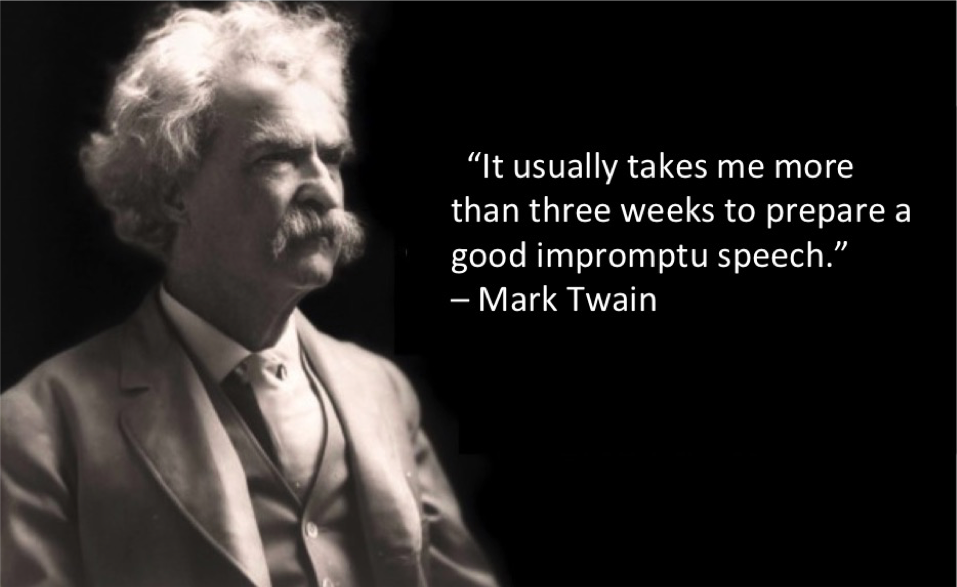The sign in the Starbucks window reads: “We welcome Service Animals.” And, in much smaller letters, it states: “No pets, please. Thanks.” Being warm and welcoming is on brand for Starbucks so it’s no surprise that their customer signage follows suit. The message easily could have been reversed with the “No pets, please!” in large letters (and an exclamation mark added for good measure) and a smaller “we welcome service animals.” But Starbucks wisely prefers their coffee cup half full, not half empty.
When it comes to persuasive public speaking and business presentations, you should choose to use positive words. It will make you a more effective communicator.
The Starbucks sign is a great example of the power a positive tone. A positive tone enhances your ability to connect with your audiences, whoever they may be. Human brains are wired to understand and remember positive expressions better than negative expressions. Telling someone to “be still” is more effective than “don’t run.” Business directives get through better if we explain the action we want our audience to take rather than what not to do. When giving instructions for tasks, or stating policies, detailing procedures, or in countless other directives, it’s easy to slip into needless negative tones. Sometimes we do it simply because we are trying to be more serious. But compare: “You cannot sign up until Jan. 1” to “You can begin signing up Jan. 1.”
It’s simply more effective to be positive. Talking to your customers and employees in a positive tone is a simple change that over time can have a big impact. Try to catch yourself when you are using negative word choices. With practice, and over time, you will learn to speak more positively.
So don’t forget, err…I mean, please remember: Be positive. It works.






